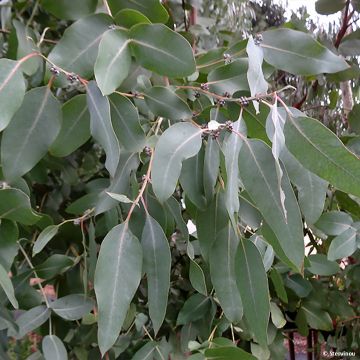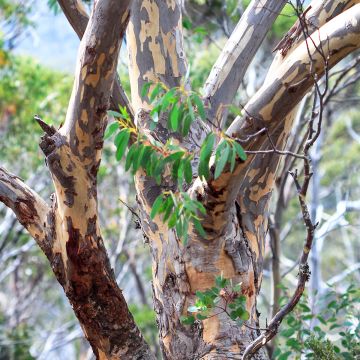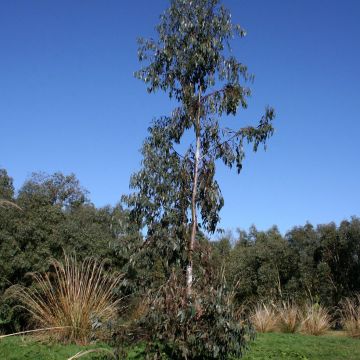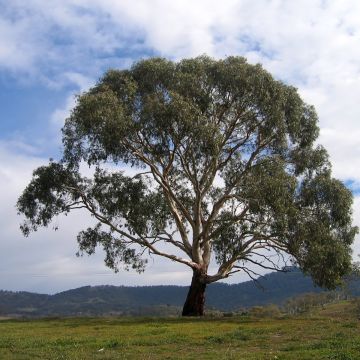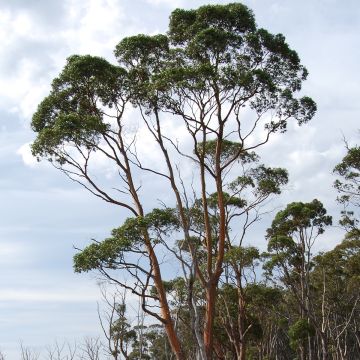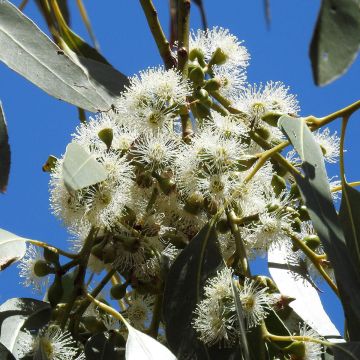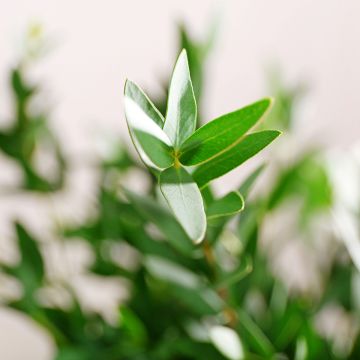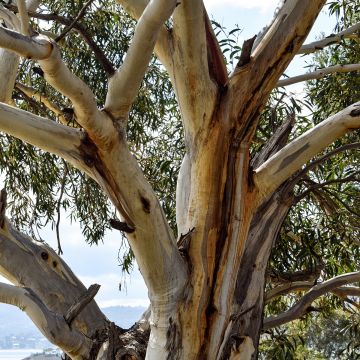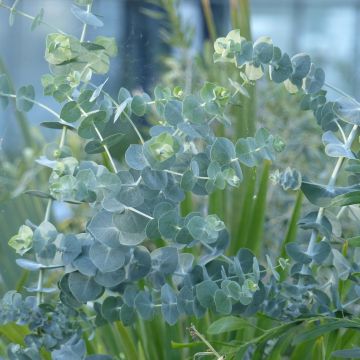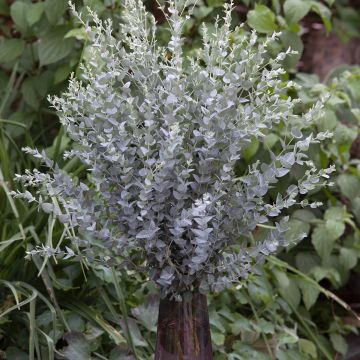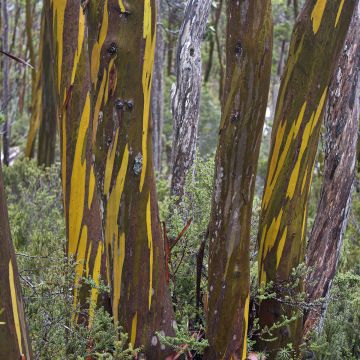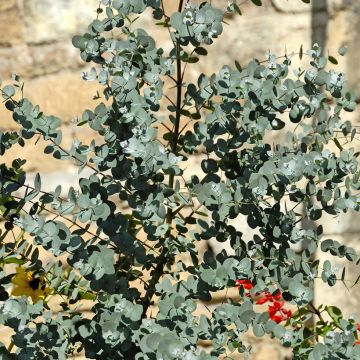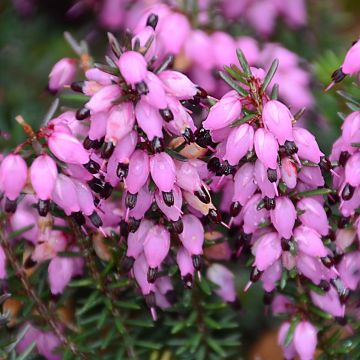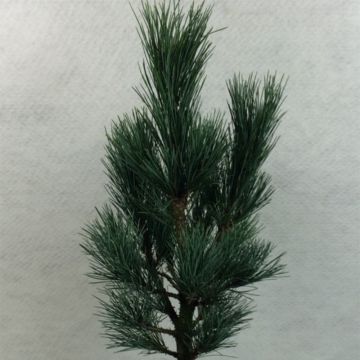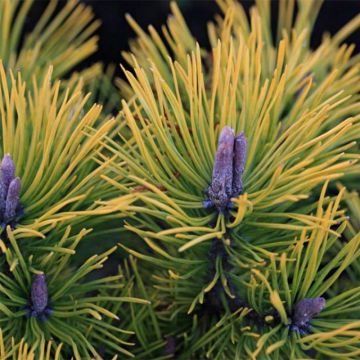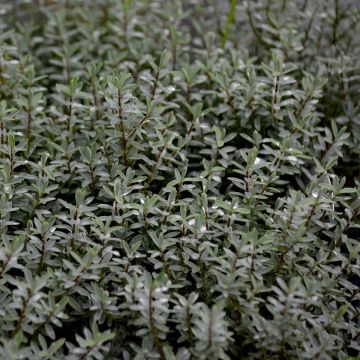

Eucalyptus macrocarpa
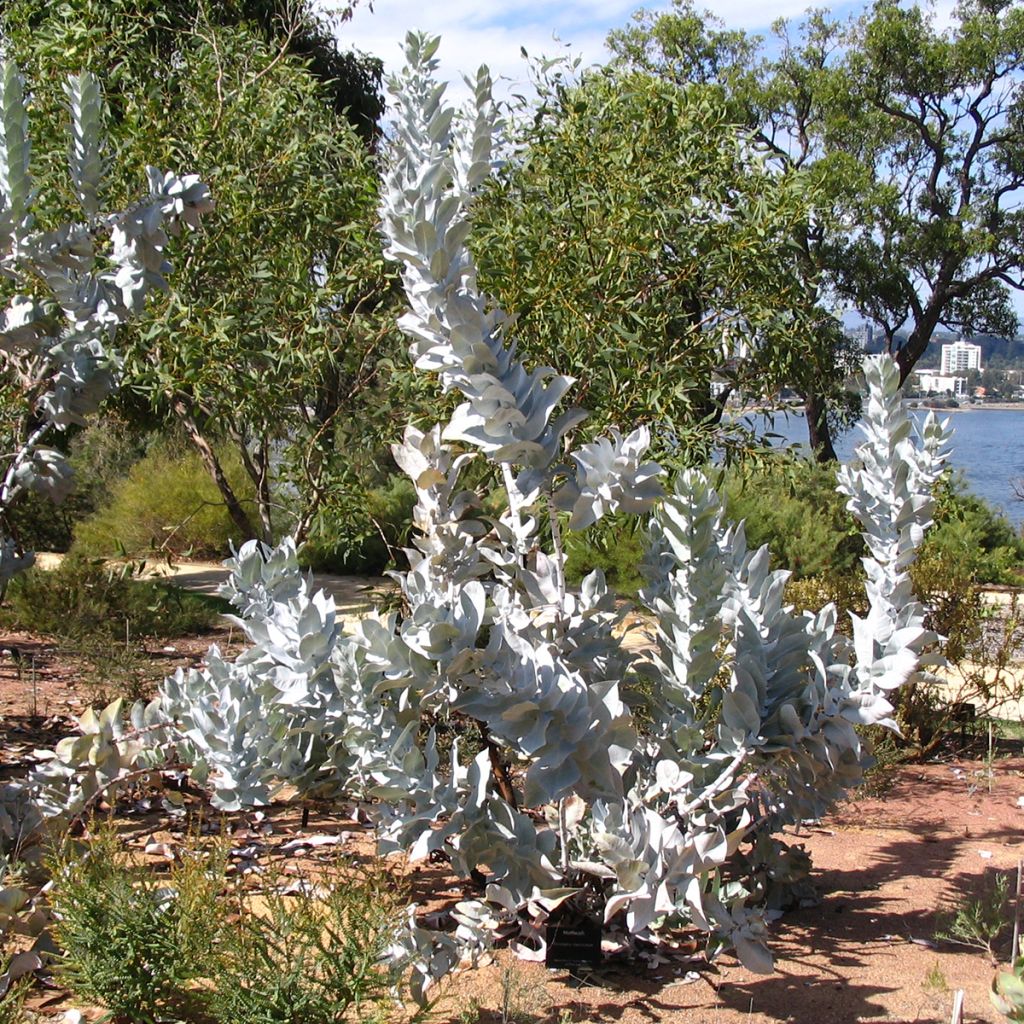

Eucalyptus macrocarpa


Eucalyptus macrocarpa
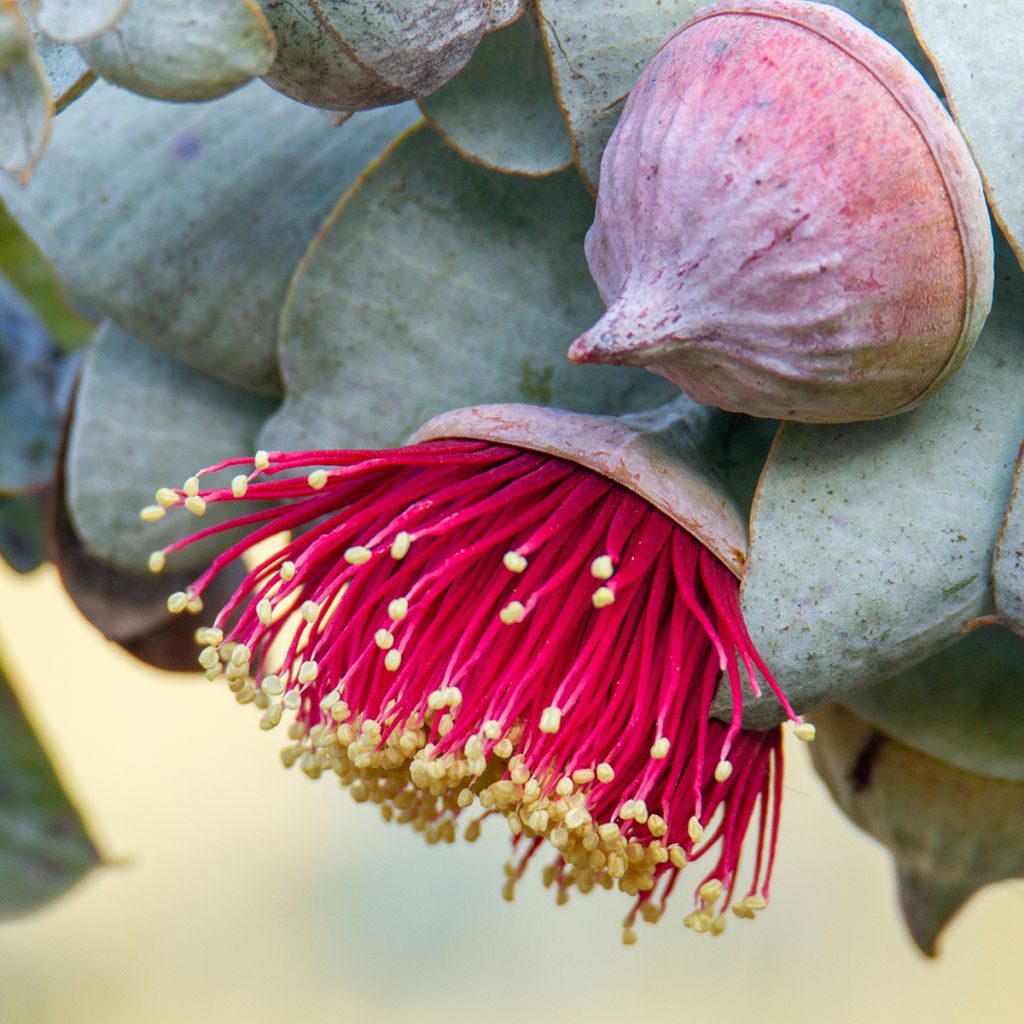

Eucalyptus macrocarpa
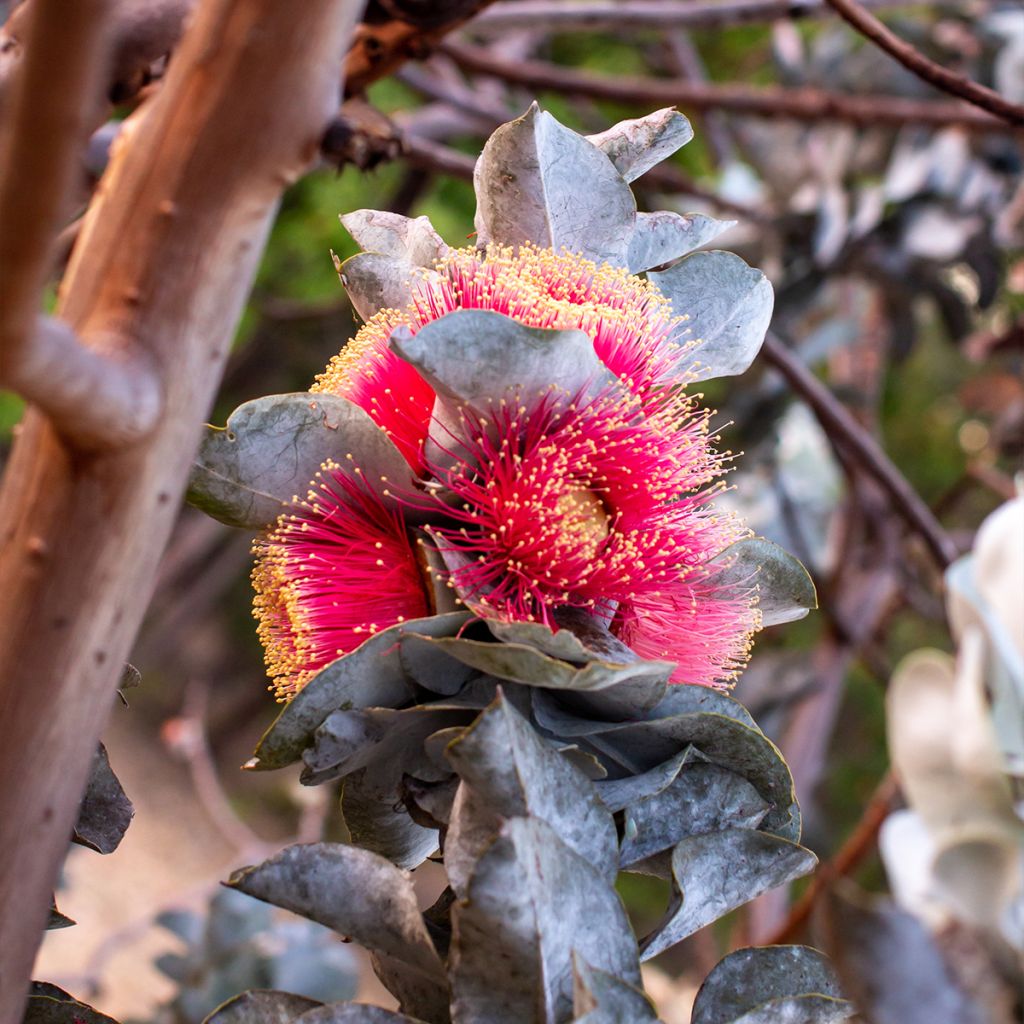

Eucalyptus macrocarpa
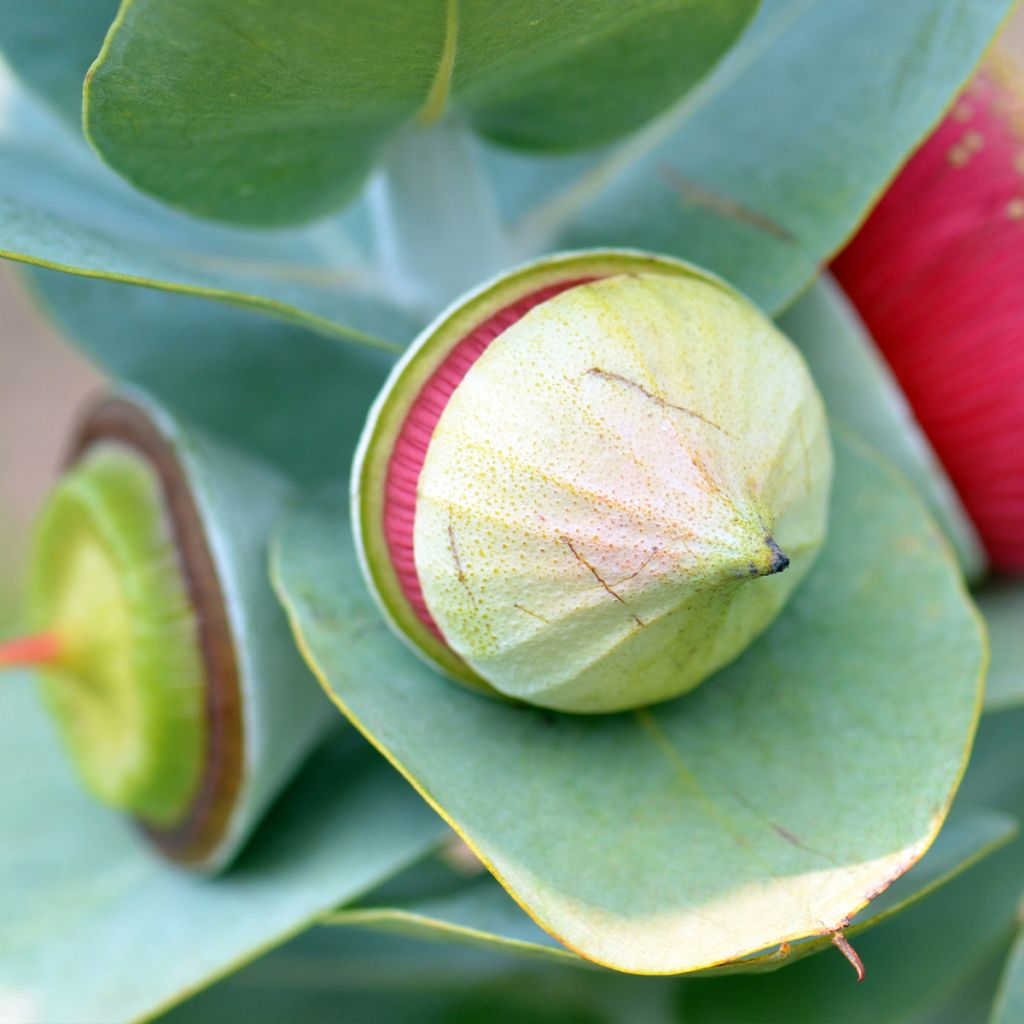

Eucalyptus macrocarpa
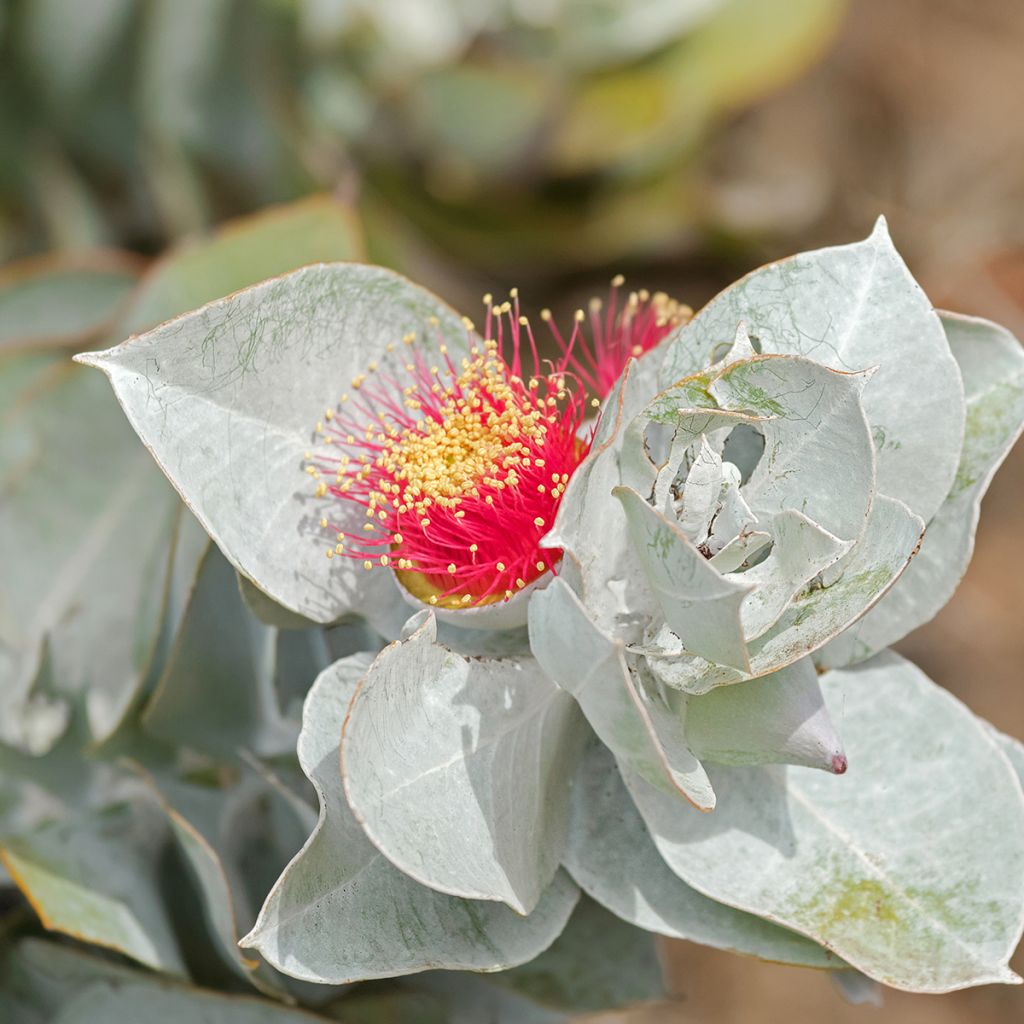

Eucalyptus macrocarpa
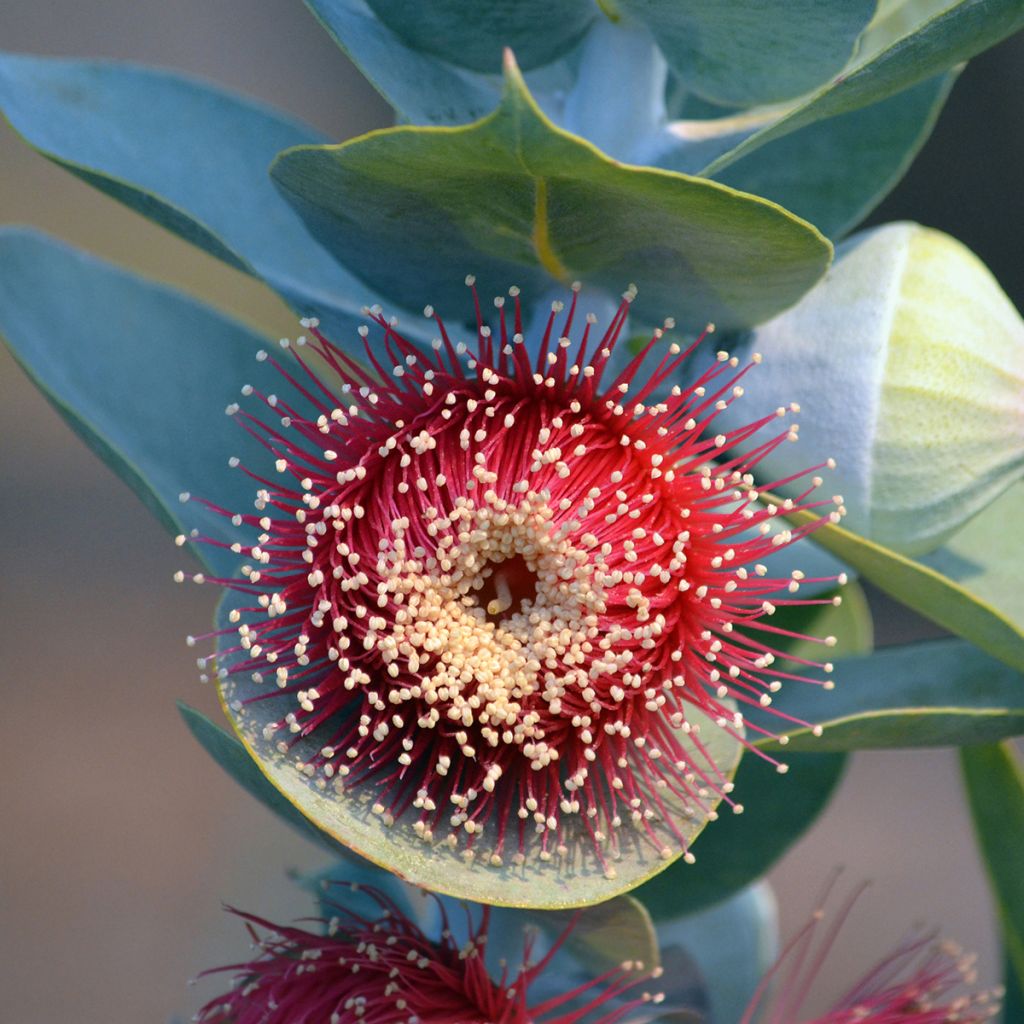

Eucalyptus macrocarpa
Eucalyptus macrocarpa
Eucalyptus macrocarpa
Mottlecah, Rose of the West
Special offer!
Receive a €20 voucher for any order over €90 (excluding delivery costs, credit notes, and plastic-free options)!
1- Add your favorite plants to your cart.
2- Once you have reached €90, confirm your order (you can even choose the delivery date!).
3- As soon as your order is shipped, you will receive an email containing your voucher code, valid for 3 months (90 days).
Your voucher is unique and can only be used once, for any order with a minimum value of €20, excluding delivery costs.
Can be combined with other current offers, non-divisible and non-refundable.
Why not try an alternative variety in stock?
View all →This plant carries a 24 months recovery warranty
More information
We guarantee the quality of our plants for a full growing cycle, and will replace at our expense any plant that fails to recover under normal climatic and planting conditions.
Would this plant suit my garden?
Set up your Plantfit profile →
Description
Eucalyptus macrocarpa stands out for the size and appearance of its inflorescences, undoubtedly the most spectacular among the eucalyptus of Australia. This beautiful graceful bush offers very large, radiant red flowers in the form of a pompon, reaching 10 cm (3.9 in) in diameter, beautifully contrasting with the silvery grey foliage. The foliage, the flowers and the fruits, in the form of a spherical capsule, are interesting for floral compositions. Sensitive to frost, it will need a suitable location. After flowering it tolerates pruning well, and its good regeneration capabilities allow the renewal of old branches and growth in multiple trunks. This eucalyptus adapts well to small gardens, in a dry atmosphere, in any well-drained soil, and in full sun.
Eucalyptus macrocarpa is a species endemic to the west of Australia, from Coorow in the north, east and southeast of Perth to about Kulin. It is found in regions of sandy heathland. Belonging to the Myrtaceae family, it is named Mottlecah, a common Aboriginal name used in Australia, or West Rose in reference to the plants that grow in Western Australia and its superb flowers, as showy as a rose. The large fruits of this eucalyptus are the origin of the species name: macrocarpa, which comes from the Greek "makros" for large and "karpos" meaning "fruit". This Slow-growing eucalyptus forms a beautiful branching bush, of medium size, reaching 2 to 3 metres (6 feet 7 inches to 9 feet 10 inches) high and growing a little wider. Its frame is made up of several stems starting from the soil. Each branch carries heart-shaped, ovate leaves 9 to 12 cm (3.5 to 4.7 in) long by 7 to 9 cm (2.8 to 3.5 in) wide, they are silvery grey to almost white and give off a menthol fragrance when crushed. The leaves are sessile (without petiole) with bases encircling the stem, gathered in pairs, arranged in alternate rows at 90-degree (194 °F) angles. They seem to radiate, completely encompassing the stem. The flowering occurs mainly in the spring and early summer, but occasionally at other times. The pale grey flower buds, tight against the stem, raise their "caps" above capsules that can reach 10 cm (3.9 in) in diameter, topped with large bright red stamens with yellow anthers. The delicately scented flowers are very attractive to insects. After flowering, the fruits, called "gumnuts", appear in the form of a spherical capsule ending in the centre with a point, a beautiful whitish-grey colour and remaining attached to the stem for a long time.
This eucalyptus has a lignotuber, made up of a starch-rich swelling that forms on the roots just below the soil surface. This organ allows it to regrow from the stump in the event of severe frost, fire or severe pruning. The plant also produces many shoots from dormant buds located under its bark, allowing it to respond perfectly well to coppicing, topping or more severe pruning operations. During the flowering period, when the stems, loaded with buds and flowers, become too heavy, pruning may be necessary to prevent the branches from breaking.
The Mottlecah or West Rose finds a place in a dry garden, in the sun, with very little water, in association with other Australian plants such as the Kangaroo Paw (Anigozanthos), Grevillea, Callistemon (Bottlebrush), Westringia fruticosa (Australian Rosemary), Leptsospermum, Restio tetraphyllus, Cordylines, Banksia serrata, Protea. To highlight its form, it is usually grown in multiple trunks to give volume to the vegetation and amplify the flowering. Resistant to summer drought, with little or no irrigation, in well-drained soil, even limestone, this eucalyptus copes well with hot and dry summers, wind and sea spray.
Report an error about the product description
Eucalyptus macrocarpa in pictures


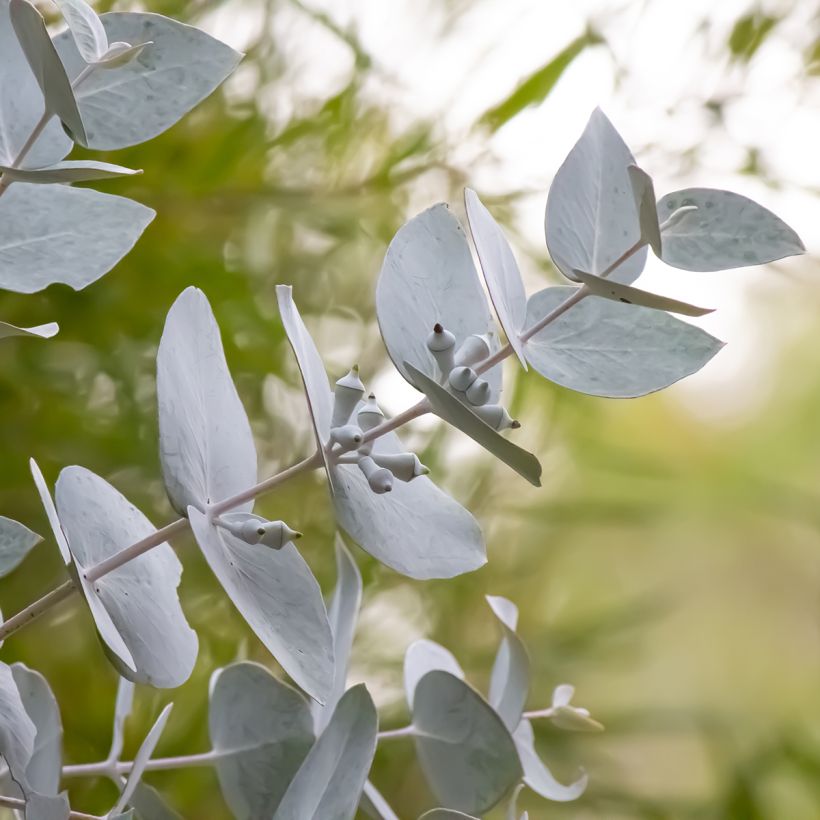



Plant habit
Flowering
Foliage
Botanical data
Eucalyptus
macrocarpa
Myrtaceae
Mottlecah, Rose of the West
Australia
Other Eucalyptus
View all →Planting and care
Eucalyptus macrocarpa is best planted at the beginning of spring in a mild and humid climate, or at the beginning of autumn in a dry and hot climate. Plant in well-prepared, light and drained soil, in a very sunny location. Sandy, loamy, slightly clayey, acidic or even chalky soils are tolerated. A well-established bush withstands summer drought perfectly and it will be hardy down to - 5 °C. This species from Western Australia thrives better in climates with dry summers. Pot cultivation is not recommended in the long term, as this eucalyptus has a stump that widens greatly through the production of shoots.
For the first two years, regular watering is required, then the bush can completely do without watering in summer. Fertiliser is not recommended. Pruning is not necessary, but it is tolerated after flowering or at the end of winter if the stems have frozen. Eucalyptus can be formed into multiple trunks or a single trunk, by selecting the best placed one and cutting all the others flush. And it is quite possible to cut this small tree back to form a large bush whose height you can limit.
Eucalyptus are useful for drying out wet land, as they are large consumers of water even in winter. However, they become quite resistant to drought once well established (depending on the species and varieties) and do well in a Mediterranean-type climate.
Young plants take root most easily in the ground. The extensive and deep root system of the Eucalyptus does not like to be disturbed and it tends to form a "bun" if the young plant stays too long in its pot. Choose its location carefully as it will be permanent.
Planting period
Intended location
Care
This item has not been reviewed yet - be the first to leave a review about it.
Similar products
Haven't found what you were looking for?
Hardiness is the lowest winter temperature a plant can endure without suffering serious damage or even dying. However, hardiness is affected by location (a sheltered area, such as a patio), protection (winter cover) and soil type (hardiness is improved by well-drained soil).

Photo Sharing Terms & Conditions
In order to encourage gardeners to interact and share their experiences, Promesse de fleurs offers various media enabling content to be uploaded onto its Site - in particular via the ‘Photo sharing’ module.
The User agrees to refrain from:
- Posting any content that is illegal, prejudicial, insulting, racist, inciteful to hatred, revisionist, contrary to public decency, that infringes on privacy or on the privacy rights of third parties, in particular the publicity rights of persons and goods, intellectual property rights, or the right to privacy.
- Submitting content on behalf of a third party;
- Impersonate the identity of a third party and/or publish any personal information about a third party;
In general, the User undertakes to refrain from any unethical behaviour.
All Content (in particular text, comments, files, images, photos, videos, creative works, etc.), which may be subject to property or intellectual property rights, image or other private rights, shall remain the property of the User, subject to the limited rights granted by the terms of the licence granted by Promesse de fleurs as stated below. Users are at liberty to publish or not to publish such Content on the Site, notably via the ‘Photo Sharing’ facility, and accept that this Content shall be made public and freely accessible, notably on the Internet.
Users further acknowledge, undertake to have ,and guarantee that they hold all necessary rights and permissions to publish such material on the Site, in particular with regard to the legislation in force pertaining to any privacy, property, intellectual property, image, or contractual rights, or rights of any other nature. By publishing such Content on the Site, Users acknowledge accepting full liability as publishers of the Content within the meaning of the law, and grant Promesse de fleurs, free of charge, an inclusive, worldwide licence for the said Content for the entire duration of its publication, including all reproduction, representation, up/downloading, displaying, performing, transmission, and storage rights.
Users also grant permission for their name to be linked to the Content and accept that this link may not always be made available.
By engaging in posting material, Users consent to their Content becoming automatically accessible on the Internet, in particular on other sites and/or blogs and/or web pages of the Promesse de fleurs site, including in particular social pages and the Promesse de fleurs catalogue.
Users may secure the removal of entrusted content free of charge by issuing a simple request via our contact form.
The flowering period indicated on our website applies to countries and regions located in USDA zone 8 (France, the United Kingdom, Ireland, the Netherlands, etc.)
It will vary according to where you live:
- In zones 9 to 10 (Italy, Spain, Greece, etc.), flowering will occur about 2 to 4 weeks earlier.
- In zones 6 to 7 (Germany, Poland, Slovenia, and lower mountainous regions), flowering will be delayed by 2 to 3 weeks.
- In zone 5 (Central Europe, Scandinavia), blooming will be delayed by 3 to 5 weeks.
In temperate climates, pruning of spring-flowering shrubs (forsythia, spireas, etc.) should be done just after flowering.
Pruning of summer-flowering shrubs (Indian Lilac, Perovskia, etc.) can be done in winter or spring.
In cold regions as well as with frost-sensitive plants, avoid pruning too early when severe frosts may still occur.
The planting period indicated on our website applies to countries and regions located in USDA zone 8 (France, United Kingdom, Ireland, Netherlands).
It will vary according to where you live:
- In Mediterranean zones (Marseille, Madrid, Milan, etc.), autumn and winter are the best planting periods.
- In continental zones (Strasbourg, Munich, Vienna, etc.), delay planting by 2 to 3 weeks in spring and bring it forward by 2 to 4 weeks in autumn.
- In mountainous regions (the Alps, Pyrenees, Carpathians, etc.), it is best to plant in late spring (May-June) or late summer (August-September).
The harvesting period indicated on our website applies to countries and regions in USDA zone 8 (France, England, Ireland, the Netherlands).
In colder areas (Scandinavia, Poland, Austria...) fruit and vegetable harvests are likely to be delayed by 3-4 weeks.
In warmer areas (Italy, Spain, Greece, etc.), harvesting will probably take place earlier, depending on weather conditions.
The sowing periods indicated on our website apply to countries and regions within USDA Zone 8 (France, UK, Ireland, Netherlands).
In colder areas (Scandinavia, Poland, Austria...), delay any outdoor sowing by 3-4 weeks, or sow under glass.
In warmer climes (Italy, Spain, Greece, etc.), bring outdoor sowing forward by a few weeks.
































